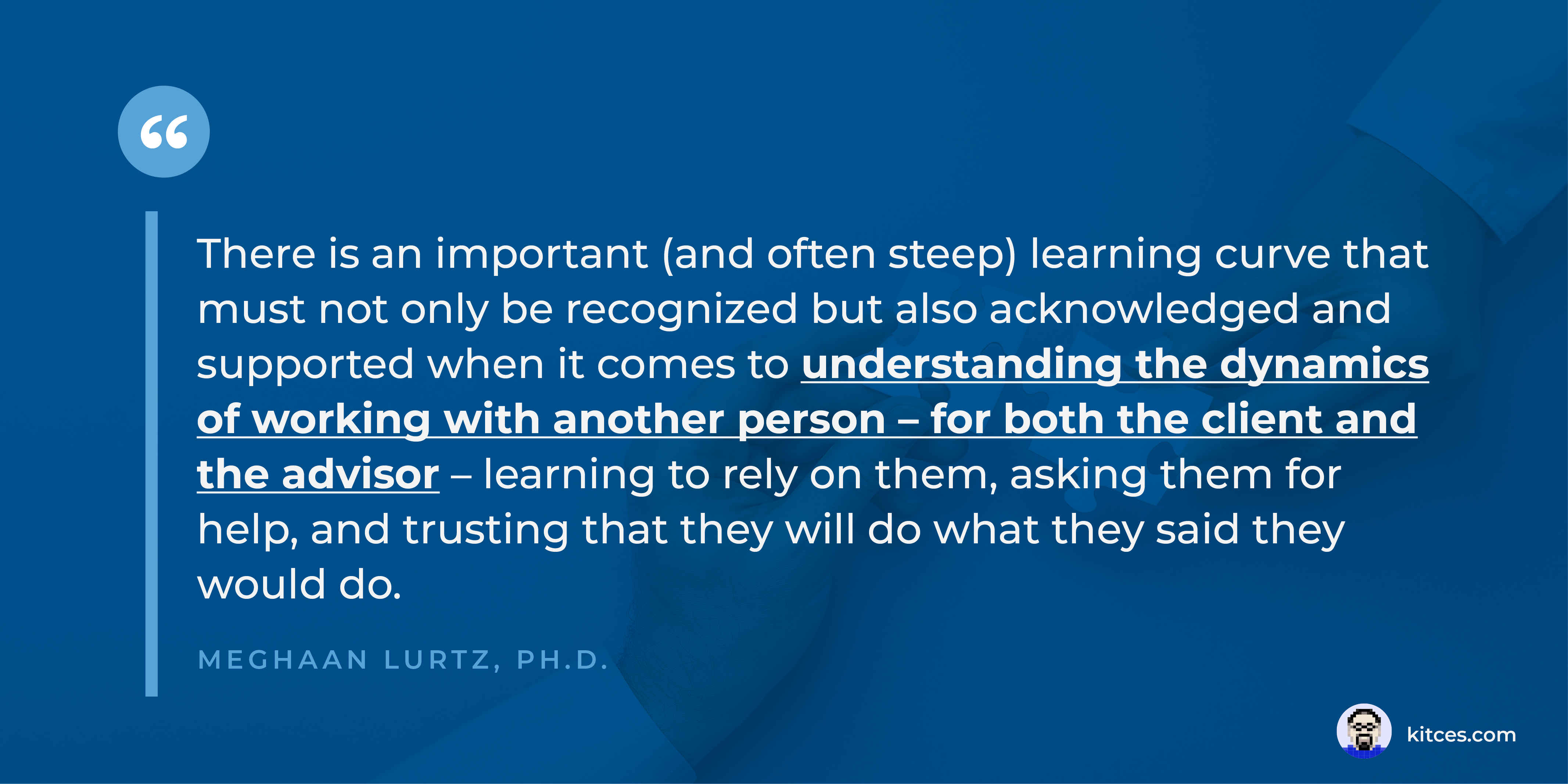After a financial advisor and their client have agreed on a financial plan, there are usually a lot of good feelings going around. The causes of the client’s worries have been identified, there’s agreement on the steps that will get the client to where they want to be, and all that’s left is to take action to implement the plan. But while it seems like the momentum of the earlier steps of the planning process should carry through into the implementation stage, all too often, the opposite occurs: despite all the steps being in place, the client fails to take the agreed-on actions. While the advisor, not wanting to nag or badger the client and sour the good feelings that abounded earlier in the relationship, finds themselves at a loss for how to follow through. As a result, the plan stagnates, and the next steps – some genuinely timely and others needed to set the client on the right track for the long term – go unaddressed until the next plan update rolls around.
For advisors feeling the frustration of stalled implementation, the first step can be understanding some of the reasons that clients may hesitate to take action even when they may have previously seemed ready to act. Often, there are 3 main causes of clients failing to implement. First, when discussing future-oriented plans like retirement, clients may feel as though those plans should have a high priority for them – and yet, when it’s time to make the necessary adjustments today (and often, the lifestyle tradeoffs that are needed to start saving more for the future), the needs of tomorrow suddenly have a lower priority than when everyone was simply talking about them. Secondly, clients may sometimes find themselves simply unable to carry out the tasks recommended by the advisor if those actions aren’t discussed in sufficient detail. Lastly, for a client who may be new to working with a financial advisor, it may simply take time for the client to become familiar enough with the planning process and the advisor to take action. After all, conversations are one thing, but taking action can often require a great deal of trust that the advisor understands the client enough to make recommendations in their best interests.
Fortunately, advisors can help clients minimize the potential for inaction by asking some simple implementation questions after the plan has been agreed on that can help focus priorities, clarify the most important next steps, and ultimately build up a rapport that can create the foundation of trust needed before the client takes action. For example, asking the client which task they feel is most important can help reinforce the client’s prioritization of the task, while asking the client to share what they know about how to accomplish the agreed-on actions can uncover any potential blocking points stemming from a client’s lack of knowledge about how a task should be done.
Ultimately, the key point is that clients don’t always fully understand the roadblocks that work against implementing their financial plan. Advisors can achieve more consistent follow-through when they can uncover obstacles to implementation before they happen – and by asking questions to identify these impediments, they can also help the client clarify what they need to do going forward, all while building on the client-advisor relationship that will keep the momentum moving forward each time the plan is updated and renewed (and re-implemented) in the future!


